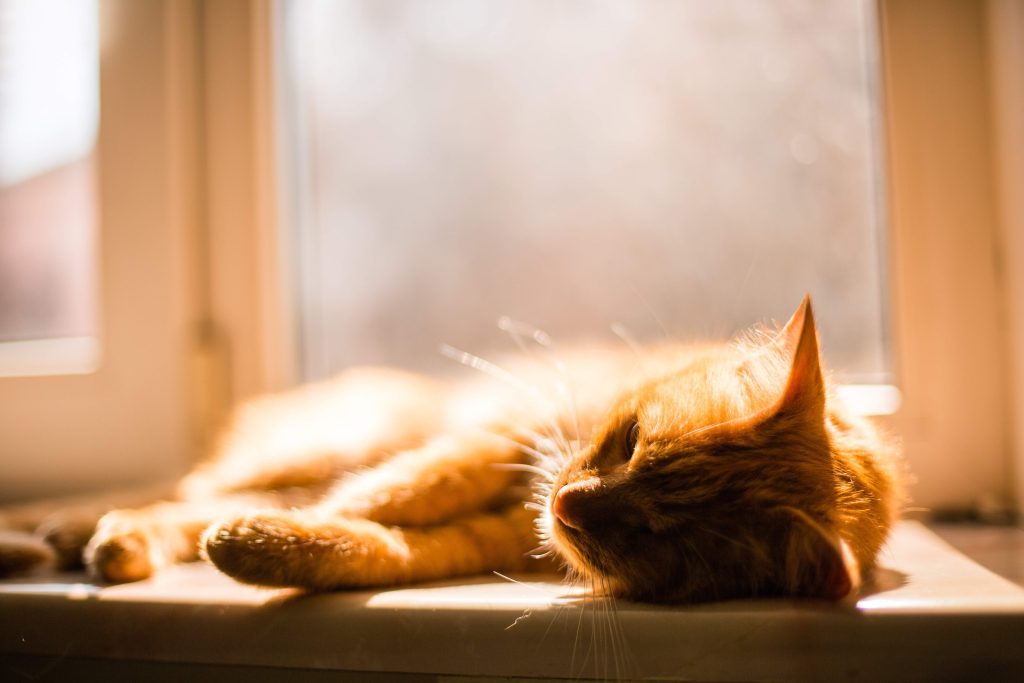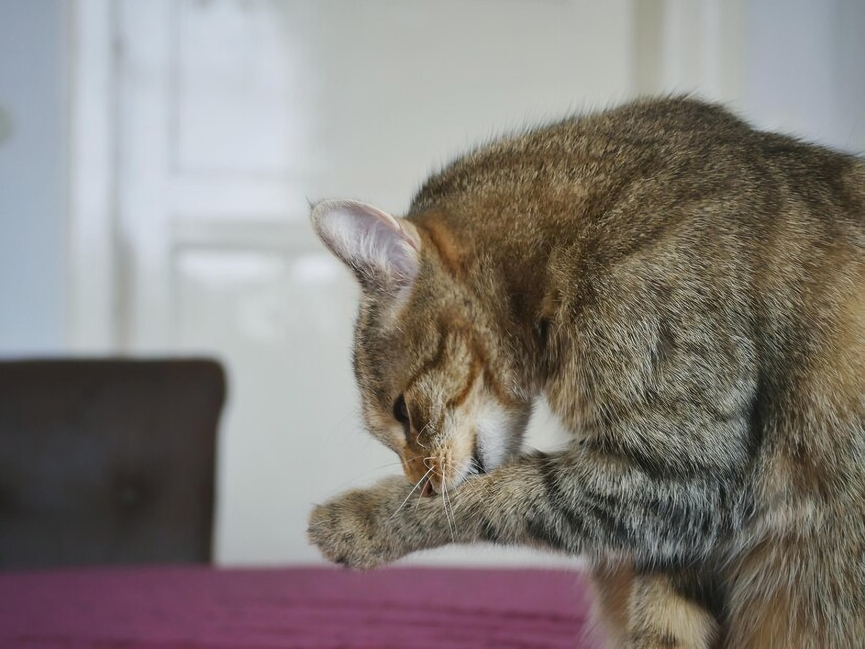Have you ever wondered if your cat truly enjoys playing and fighting? Many cat owners engage in roughhousing with their feline companions, but is it a sign of fun or something more concerning? While some cats seem to thrive on playful wrestling, others shy away from it entirely. Understanding the difference is key.
Play fighting helps cats develop hunting skills and social boundaries, but can rough play encourage bad behavior? Experts debate whether light play fighting strengthens bonds or promotes unwanted biting habits. Recognizing your cat’s signals—like relaxed body language vs. tense swatting—can help ensure play remains safe and enjoyable. In this post, we’ll break down the science behind play fighting, how to engage safely, and when to stop before it turns into aggression.
The Natural Instincts Behind Play-Fighting
Play fighting is more than just a fun activity for cats—it’s essential to their development and well-being. Rooted in their predatory instincts, play fighting helps them hone skills like stalking, pouncing, and biting, even in a domestic setting. Kittens instinctively wrestle with their littermates to learn survival techniques, while adult cats use it as a way to strengthen social bonds and establish a hierarchy in multi-cat households.
Beyond skill-building, play fighting serves as a healthy outlet for energy and stress relief, preventing boredom and anxiety. Studies on feline behavior show that both domestic and wild cats, like lions and cheetahs, engage in similar playful combat, reinforcing their natural importance. Even well-fed house cats display this behavior because it’s instinctive, not just playful.
Is Play Fighting Safe for Humans?
Play fighting with cats can be fun, but it comes with some things to watch out for. Cats use body language to show if they’re playing or getting upset. Gentle paw taps and light bites mean play, while a flicking tail and stiff posture mean they’re overstimulated. Even playful scratches can break the skin, leading to infections like cat scratch fever.
Over time, rough play can encourage unwanted biting, especially toward children or guests. To stay safe, use toys instead of hands, watch for warning signs like dilated pupils, and stop play before excitement turns to aggression. Since cats rely on body language, how do they know the difference between fun and real aggression?
Don’t Miss – Why Are Cats So Lazy? Vet Perspective, Causes & Expert Tips
Can Cats Differentiate Between Play and Real Aggression?
Yes, but not always perfectly. Cats that miss out on early socialization—especially during the critical 2–7 week period—may struggle to distinguish playful behavior from real aggression.
Research indicates that kittens weaned before 8 weeks of age are more likely to exhibit aggression towards humans and other cats compared to those weaned later.
Many cat owners unknowingly encourage rough play. For example
Our Specialist Mo Pavel, when he adopted a cat, she loved swatting at Mo hands—until he realized he was reinforcing bad habits. Switching to wand toys made a huge difference!
Key signals help distinguish the two,
- Playful cats – Relaxed bodies, retracted claws, and soft bites.
- Aggressive cats – Stiff posture, hissing, and tail lashing.
Some cats, especially high-energy or trauma-affected ones, blur the line due to overstimulation or strong hunting instincts. To prevent confusion, use toys instead of hands, stop play when it gets rough, and recognize warning signs.
Does your cat differentiate play from aggression? Share your experience below!
Best Ways to Play Without Encouraging Aggression
Keeping playtime fun and safe is all about using the right techniques and tools. Never use your hands as toys—this teaches cats that biting human skin is acceptable, leading to rough play habits. Instead, engage their instincts with interactive toys like wand toys, kick toys, and puzzle feeders.
If your cat gets overstimulated (tail flicking, dilated pupils), immediately stop playing and redirect their energy to a toy. Structured sessions—short, consistent, and before meals—help manage their energy while reinforcing boundaries. Reward calm behavior with treats and praise to shape positive play habits.
Alternative Play Methods to Strengthen Your Bond
Not all cats enjoy rough-and-tumble play, and forcing it can erode trust. Instead, alternative play methods tap into your cat’s instincts while deepening your connection. Interactive play—like wand toys and rolling chase toys—mimics hunting, keeping your cat mentally engaged. Puzzle feeders and treat-dispensing toys challenge their intelligence, preventing boredom.
Clicker training and simple tricks offer rewarding interactions beyond physical play. Even sensory enrichment, like birdwatching perches or calming sound playlists, can provide mental stimulation. Respect your cat’s preferences and rotate activities to keep things fresh. Want to see what excites your cat most? Try a new method today and share your experience in the comments!
Also Read – Why Your Cat Is Peeing on Clothes – Vet-Reviewed Reasons and Easy Fixes
Signs Your Cat Doesn’t Enjoy Play Fighting
Not all cats enjoy rough play, and recognizing their discomfort is crucial. Look for clear signals that indicate your cat is feeling stressed rather than playful,
- Pinned-back ears and puffed-up tail – Signs of fear or aggression
- Crouched posture and tense body – Indicates stress, not fun
- Growling, hissing, or sharp meows – Signals overstimulation
- Sudden retreat or hiding – Shows fear or discomfort
- Aggressive biting, not playful nips – Stems from frustration
If your cat shows these signs, switch to gentler, toy-based interactions that mimic hunting, like wand toys or puzzle feeders. Respect their limits—forcing play can harm your bond instead of strengthening it.
Final Thoughts
Play fighting can be enjoyable, but it’s not for every cat. Some love gentle wrestling, while others get overstimulated or aggressive. Reading your cat’s body language—like flattened ears, tail flicks, or dilated pupils—is key to knowing when to stop. Never use your hands for play fighting, as this can encourage biting and scratching habits that become problematic over time.
If your cat plays too roughly, opt for safer alternatives like wand toys, puzzle feeders, or clicker training. The goal is positive, trust-building play, so choose methods that strengthen your bond without risks.
If you found this guide helpful, share it with fellow cat lovers and help them enjoy safe, playful moments with their feline friends.
Similar In Cats Question

Hi, I’m Abir Ahamed—a writer, editor, and proud cat lover with a passion for feline welfare. I use my words to educate, inspire, and advocate for responsible pet care. Based in Bangladesh, I bring a unique perspective to Cats Question, hoping to help cat lovers make informed, compassionate choices.






